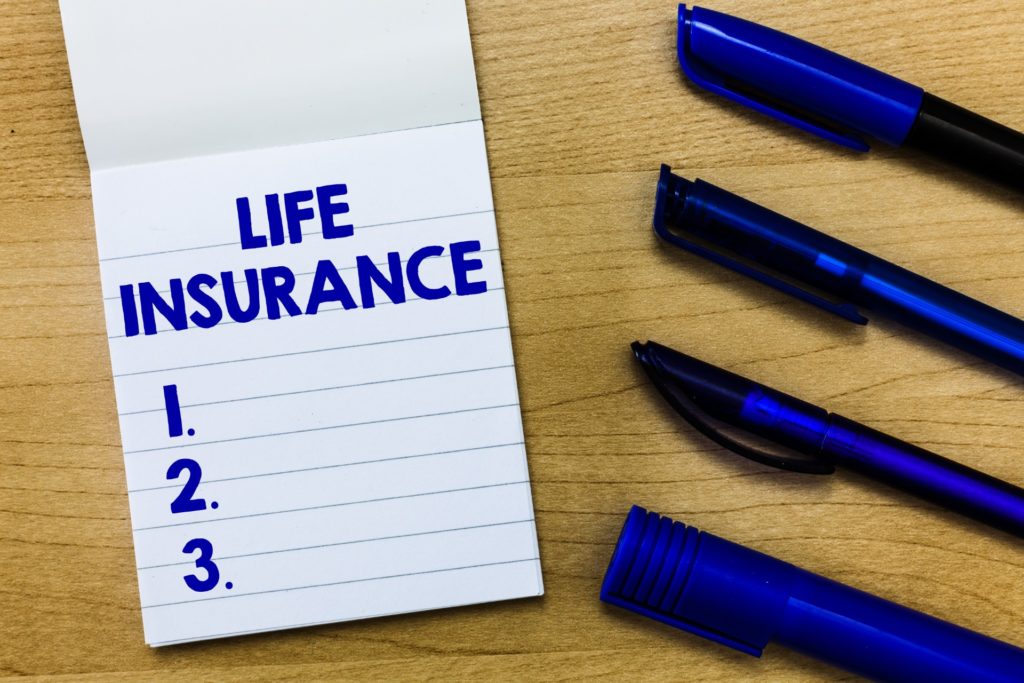What happens if you die and there is no beneficiary on an IRA or 401K?
It’s always good to check into your retirement accounts and consider if you are saving enough and if your investments are properly balanced. However, what’s just as important as whether you’ve reviewed named beneficiaries for these and other accounts. The recommendation comes from the article titled “Review your IRA, 401(k) beneficiaries” from Idaho State Business Journal, and it’s sound advice.
In more cases than you might think, people overlook this detail, and their loved ones are left with the consequences. After all, you opened those accounts long ago, and who even remembers? Does it really matter?
In a word, yes. What if your family circumstances have changed since you named a beneficiary? If divorce and remarriage occurred, do you want your former spouse to receive your IRA, 401(k), and life insurance proceeds?
It’s important to understand that beneficiary designations supersede anything in your last will and testament. Therefore, while you’ve been dutifully updating your estate plans whenever life changes occur and neglecting beneficiary designations, your ex or someone else who is no longer in your life could receive a surprise windfall.
Here’s another detail often overlooked: retirement plans and insurance policies may need more than one beneficiary. Any time there is an opportunity to name a contingent beneficiary, take advantage of it. If the primary beneficiary dies or refuses the inheritance and there is no contingent or secondary beneficiary, the proceeds could end up back into your estate. Depending on the laws of your state, they might end up being taxable, in addition to not going to your intended heir.
This is an easy thing to fix, but it takes diligence and, in some cases, a fair amount of time.
Start by gathering information on all your accounts, including retirement, checking, and savings accounts, 401(k)s, pension plans, insurance policies, and any accounts containing assets you want to pass to loved ones. If you see anything incorrect or outdated, immediately contact the financial institution, your company’s benefits manager, or your insurance representative to request a change-of-beneficiary form.
Once you receive the form, immediately address making the changes. Request a printed confirmation from the financial organization to confirm the change has been made. Don’t accept a verbal acknowledgment by a call center employee—this is too important to leave to chance.
To be on the safe side, it would be wise to have your estate planning attorney work with you on documenting your beneficiary designations as part of your estate plan. You may also pick up some smart pointers on other suggestions for dealing with beneficiaries.
For example, children are not permitted to control assets until they reach the age of majority. But when most children reach the age of 18 or 21, they are not ready to manage substantial sums of money. Your will names a guardian for minor children, but it is also wise to create a trust for the benefit of a minor that controls when distributions are made when they are older.
Most people want to leave something behind for those they love. Making the mistake of having no beneficiary can be avoided with little attention. Do it in the right way—including paying attention to beneficiary designations.
Reference: Idaho State Business Journal (July 27, 2021) “Review your IRA, 401(k) beneficiaries”


